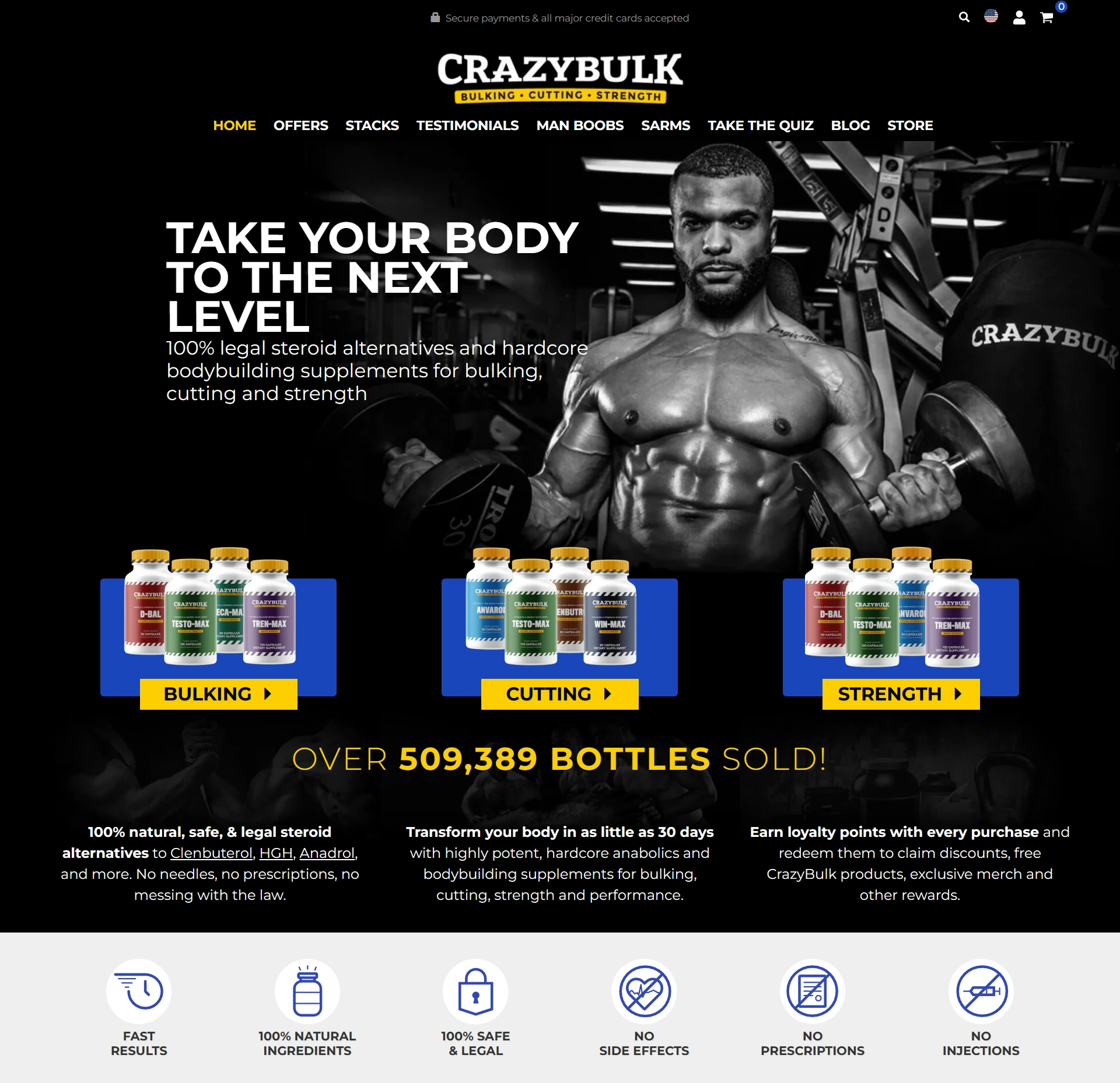
caster semenya testosterone
Overview
-
Posted Jobs 0
-
Viewed 3099
Company Description
Low Testosterone: Causes, Symptoms, Diagnosis, and Treatment

Low Testosterone Information & Treatment
As a result, your testicles make too little or no testosterone and sperm. Individual study factors, such as the heterogeneity and demographics of the study population, the comorbidities of the study population and how they are controlled in the analysis, and confidence intervals also impact overall study quality. Study populations in individual trials included in any meta-analysis have a significant impact on the reliability of outcomes. Actual patient scenarios will require individual adaptation with variability in expected outcomes. It also highlights that treating clinicians should have specific endpoints for treatment in mind, with regular monitoring of these outcomes to assure that ongoing therapy is warranted and effective.
Men between the ages of forty and fifty should be screened only if they have certain risk factors, such as a family history of prostate cancer or are of African American descent. Testosterone plays a crucial role in helping to develop bone and muscle mass for prepubescent males, so it’s not surprising that men with low testosterone levels experience a decrease in bone mass. Low testosterone can contribute to a higher risk of bone fractures, especially in aging men. Not only is testosterone a key building block for muscles, it also plays a role in regulating body fat distribution. Men with low testosterone levels may experience increased body fat, particularly in the belly area. This can affect a man’s physical appearance and increase his risk of developing health conditions such as heart disease. However, those assigned female at birth also have testosterone in their bodies.
Sometimes, men don’t produce enough testosterone (this is called hypogonadism or “low testosterone”). This may happen due to a congenital condition (something a man is born with), an injury, cancer treatment, or other reasons. In addition, men’s testosterone levels decline as they get older. Male hypogonadism should be diagnosed only if there are signs or symptoms of hypogonadism and total serum testosterone levels are low on at least two occasions. The basis of Low T may be inflammation due to the other diseases present with Low T, or some men may have a genetic predisposition to low testosterone levels. Not all men with low levels will show the signs and symptoms of testosterone deficiency. If a man exhibits symptoms of testosterone deficiency, the best way to confirm is with morning blood tests, drawn on two separate days, to measure the levels of testosterone.
Sex drive (sexual desire) is a complex aspect of sexual function and is difficult to objectively measure. The sexual desire domain of the IIEF is a commonly used standardized tool that can assess libido despite its limitations and narrow scope. These findings support the concept that sexual function represents a multidimensional condition that cannot be easily captured using subjective sexual function questionnaires.
However, there are no conclusive guidelines on what should be considered “low” testosterone levels in females. Men who have low testosterone do not make enough of the male hormone called testosterone. This hormone allows men to produce sperm and to develop and keep normal physical male traits. Low testosterone is also called testosterone deficiency or hypogonadism. Thousands of articles on testosterone deficiency and testosterone therapy have been published over the past several decades.
Both testosterone levels and cognitive functions, particularly memory, decline with age. As a result, doctors have theorized that does ibuprofen lower testosterone testosterone levels may contribute to affected memory. Testosterone replacement therapy may cause the prostate to grow. If a man has early prostate cancer, a concern is that testosterone may stimulate cancer growth. Therefore, it is important for all men considering testosterone replacement therapy to undergo prostate screening before starting treatment. Men who are found to have prostate cancer should not undergo testosterone replacement therapy. A slow drop in testosterone is a normal part of aging, sometimes called “andropause” or “male menopause.” For many men, this doesn’t cause any significant problems or symptoms.
A small 2017 study with 50 participants found that taking 500 mg of fenugreek extract per day increased free testosterone levels by up to 46% in 90% of participants after 12 weeks. The extract also improved mental alertness and mood in most participants. Garden of Life mykind Organics Ashwagandha Stress & Mood provides 600 mg of organic ashwagandha root extract — the same dose found to increase testosterone levels in the studies above.
The recommended dose is two pumps (one to each nostril) applied three times daily. It is unclear if the transferred testosterone remained biologically active. These findings require further follow-up as they demonstrate that transference may hypothetically occur in the absence of skin-to-skin contact.
Some medications and certain genetic conditions can also lower a man’s testosterone reading. Men who are hypertensive, obese, or who have elevated cholesterol levels may also suffer from low testosterone levels. Low testosterone, a form of hypogonadism, occurs when the body fails to produce an adequate supply of this hormone. This condition is more prevalent as men age, occurring in about 20 percent of men age 60 and older and increasing to as much as 50 percent in men age 80 and older. While testosterone is thought of as the male hormone, it is necessary for female functioning as well, and women may also suffer from low testosterone. The right levels of testosterone play an important role in your health, no matter your gender. Checking your testosterone level is as simple as having a blood test from your doctor.
Even if your testosterone levels are below the recommended range, you still might not have to worry. Doctors say that a reading between 200 and 300 ng/dL is sort of a gray area. If your doctor diagnoses low testosterone, other tests may be considered before therapy. For example, low-t can speed bone loss, so your doctor may recommend a bone density test to see whether you also need treatment for osteoporosis. If you are concerned about low-T symptoms, or if you’ve tried therapies that didn’t work, talk with your primary care doctor or urologist. Feeling better starts with a conversation about your needs, goals, and lifestyle. Personalized care from a board-certified urologist or male fertility expert is the healthiest way to get there.